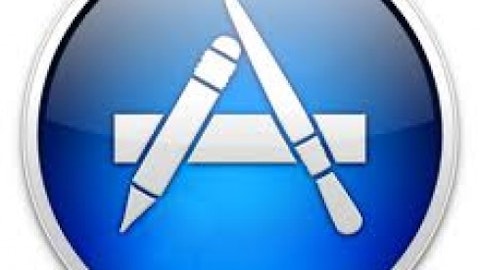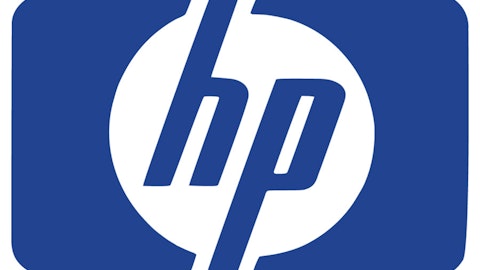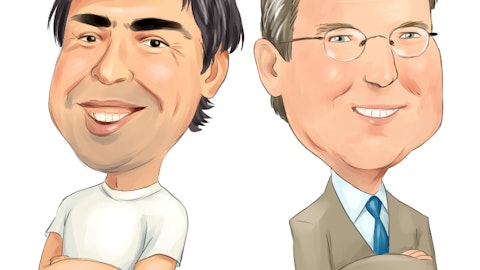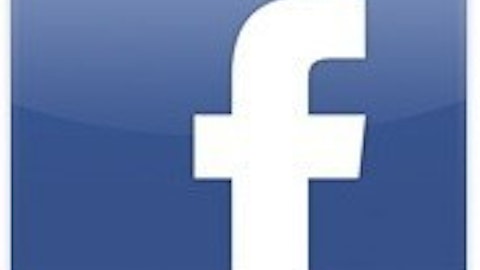Apple Inc. (NASDAQ:AAPL) fell on difficult times right as the Newton readied for launch. Sculley resigned after a disastrous third quarter in 1993. The company laid off 15% of its workforce. The Newton software was riddled with bugs. And AT&T Inc. (NYSE:T), which Apple had spurned in favor of ARM Holdings plc (ADR) (NASDAQ:ARMH)’s processors, had pushed out a competing tablet-like device called the EO Personal Communicator several months earlier. But Apple pressed on. With $100 million invested in developing the product, the company could hardly afford to abandon it or watch it fail. Finally, at Macworld in Boston on Aug. 2, 1993, the Newton went on sale. Harry McCracken, writing for Time‘s Technologizer blog, highlights what a flop the product was:
The earliest MessagePad reviews tended to accentuate the positive, but public sentiment quickly turned against Apple’s PDA, so much so that the Newton remains convenient shorthand for “technology flop.” People remember that the handwriting recognition didn’t work — or, more specifically, that Garry Trudeau’s Doonesbury featured a week-long sequence in August of 1993 in which the handwriting recognition on Mike Doonesbury’s Newton-like PDA didn’t work. They recall that the Newton didn’t sell in huge numbers. They know that Steve Jobs axed it when he returned to Apple Inc. (NASDAQ:AAPL) in 1997. …
What Newton wasn’t was a hit. Apple Inc. (NASDAQ:AAPL) sold 50,000 MessagePads in the device’s first three months on the market; the company trumpeted this figure as evidence that the gadget was selling briskly, but it was more likely a major disappointment. (In July 1992, MacWEEK’s Jon Swartz reported that the company expected to sell a million Newtons in the first year.)
A lavish 1993 coffee-table book on the Newton project was titled Defying Gravity, but Newton’s problem was that it never quite took flight. In the six years between its premature debut and untimely death, it wobbled and sputtered like a leaky balloon, neither soaring nor crashing.
One estimate pegged the Newton’s lifetime sales in the range of 300,000 units. The initial “surge” of launch orders quickly tapered off once public sentiment turned, and Apple Inc. (NASDAQ:AAPL)’s ambition for the Newton simply couldn’t be produced in a package that was inexpensive enough to be popular. What users were left with was an overpriced, under-functional “tweener,” a device later derided by Jobs as neither properly phone-sized nor tablet-sized — too big to carry in a pocket but too small to functionally replace a laptop.
Jobs himself took issue with the Newton, telling The New York Times shortly before launch: “They are going to have trouble getting the volume up. If Apple Inc. (NASDAQ:AAPL) was doing really well they could forward-price [sell at a loss to create volume] them, but there is no way they can sell enough Newtons at $700 and up.” When he returned in 1997, Jobs canned the Newton lineup, and Apple would not return to the “tablet” category again until 2010, when Jobs unveiled a product that applied the technologies of an iPhone scaled up, rather than those of a computer, scaled down. By this point, technology had finally advanced to make John Sculley’s dream a reality, 25 years after he had first dreamed it up.

Source: Ivan Bandura via Flickr.
The article Why the First Tablet Failed originally appeared on Fool.com and is written by Alex Planes.
Fool contributor Alex Planes holds no financial position in any company mentioned here. Add him on Google+ or follow him on Twitter @TMFBiggles for more insight into markets, history, and technology.The Motley Fool recommends Apple. The Motley Fool owns shares of Apple.
Copyright © 1995 – 2013 The Motley Fool, LLC. All rights reserved. The Motley Fool has a disclosure policy.





